Star Trek’s famous holodeck is a virtual reality stage that simulates any object in 3D as if they were real. However, 3D holographic projection has never been realized. A team of scientists from Bilkent University, Turkey, has now demonstrated the first realistic 3D holograms that can be viewed from any angle.
Category: holograms

Solving a Math Problem Just Brought Holograms Closer to Reality
Holograms are a staple in science fiction, but creating ones detailed enough to have serious applications in the real world has proved difficult. While scientists have been slowly pushing the field of holographic projection forward, they haven’t been able to overcome a problem called cross-talk. However, in a recent paper published in Nature, they have been able to manipulate the shape of light to overcome this, thus allowing them to produce 3D holograms that are orders of magnitude clearer, larger, and more detailed.
What Are Holograms?
Simple holograms are 2D surfaces that produce the illusion of a 3D object when light is shined through it.
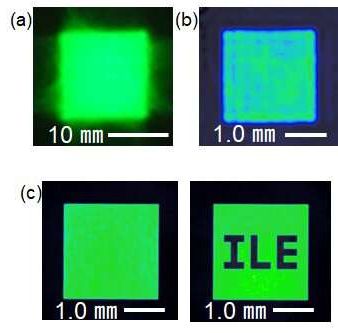
Quality of laser beam shaping can be enhanced at no extra cost
Researchers from Osaka University have developed a technique for improving accuracy of laser beam shaping and wavefront obtained by conventional methods with no additional cost by optimizing virtual phase grating. The results of their research were published in Scientific Reports.
A high quality square flattop beam is in demand for various fields, such as uniform laser processing and medicine, as well as ultrahigh intensity laser applications for accelerators and nuclear fusion. Beam shape is key to realizing the laser’s potential abilities and effects. However, since beam shape and wavefront vary by laser, beam shaping is essential for producing the desired shapes to respond to various needs.
Static and adaptive beam shaping methods have been developed for various applications. With Diffractive Optical Element (DOE) as a static method, edge steepness and flatness are low and wavefront becomes deformed after shaping. (Figure 1 (a)) In addition, computer-generated hologram (CGH) as a typical adaptive method has the same difficulties.
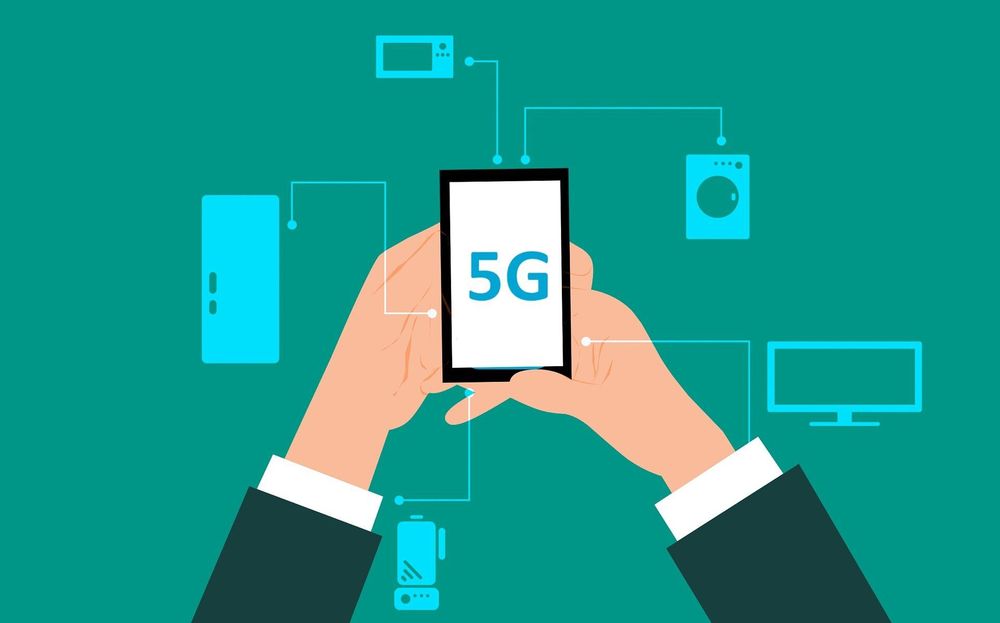
5G can make digital humans look real and turn real people into holograms
Holograms. Emotive, life-like digital human beings. Washing machine repairs directed from miles away.
The rollout of 5G wireless networks that will continue throughout 2019 and beyond promises a slew of new smartphones that will hum along much faster than the models they’ll eventually replace. But while zippier handsets compatible with the next generation of wireless are surely welcome, 5G’s potential extends beyond them.
Verizon, and some of the entrepreneurial startups it is working with, recently demonstrated a few of the fresh consumer and business experiences made possible or enhanced by 5G, at its 5G Lab in New York City, one of five such labs around the country.

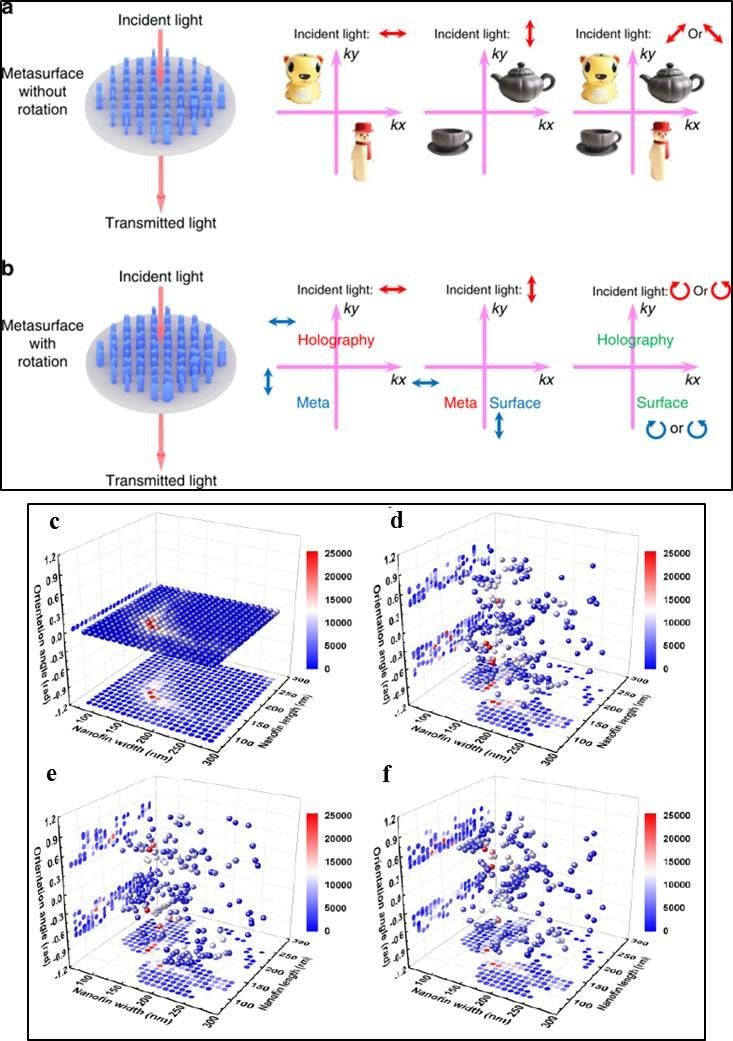
Multichannel vectorial holographic display and encryption
Holography is a powerful tool that can reconstruct wavefronts of light and combine the fundamental wave properties of amplitude, phase, polarization, wave vector and frequency. Smart multiplexing techniques (multiple signal integration) together with metasurface designs are currently in high demand to explore the capacity to engineer information storage systems and enhance optical encryption security using such metasurface holograms.
Holography based on metasurfaces is a promising candidate for applications in optical displays/storage with enormous information bearing capacity alongside a large field of view compared to traditional methods. To practically realize metasurface holograms, holographic profiles should be encoded on ultrathin nanostructures that possess strong light-matter interactions (plasmonic interactions) in an ultrashort distance. Metasurfaces can control light and acoustic waves in a manner not seen in nature to provide a flexible and compact platform and realize a variety of vectorial holograms, with high dimensional information that surpass the limits of liquid crystals or optical photoresists.
Among the existing techniques employed to achieve highly desired optical properties, polarization multiplexing (multiple signal integration) is an attractive method. The strong cross-talk associated with such platforms can, however, be prevented with birefringent metasurfaces (two-dimensional surfaces with two different refractive indices) composed of a single meta-atom per unit-cell for optimized polarization multiplexing.

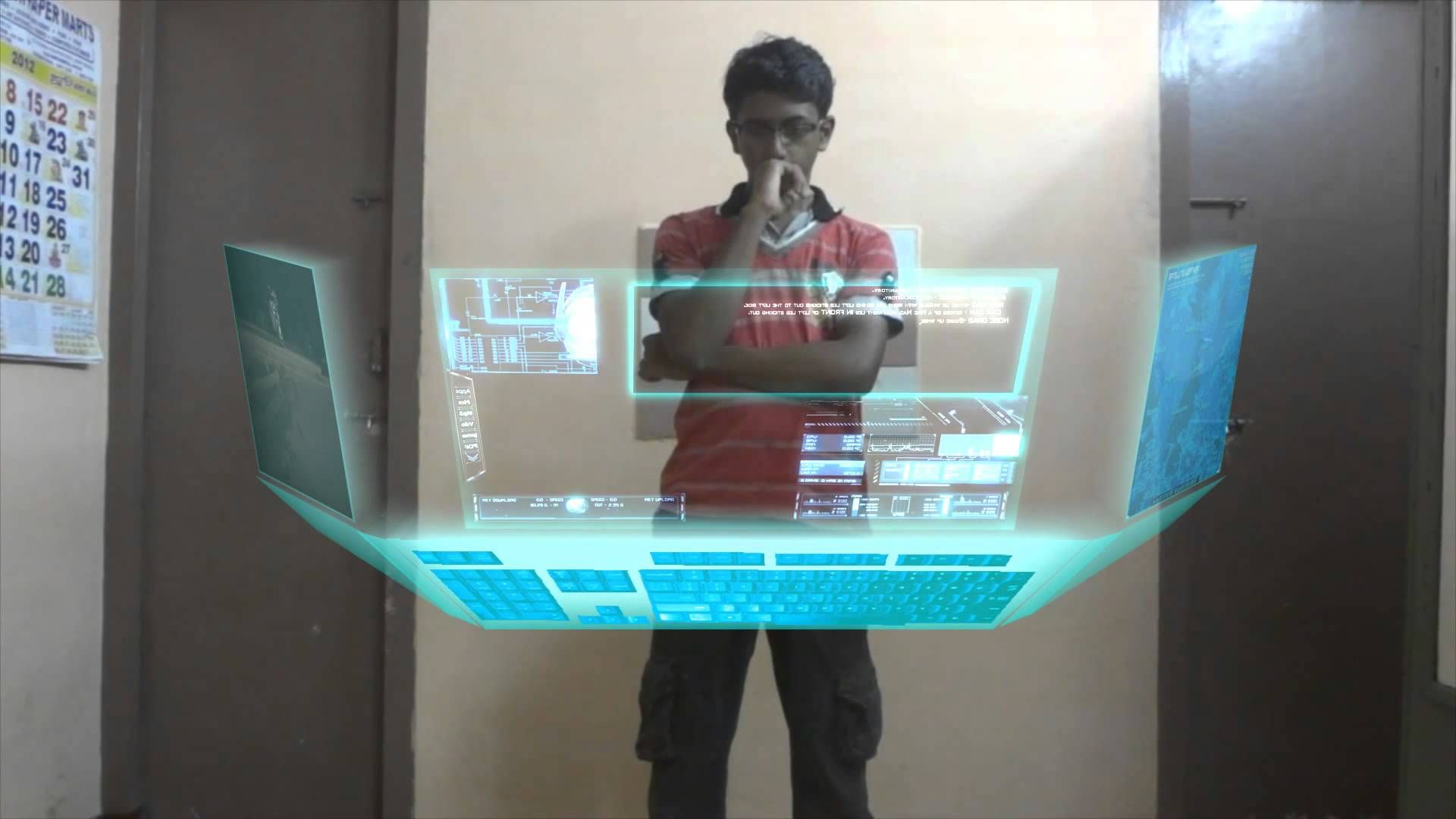
Hologram Computers
Computing innovation, computer-generated images, Virtual Reality Glasses, Hybrid Reality, communications, Holographic platform, AR, VR, PC, lifelike experience, 3D cameras, cosmic computing, computer security, gaming displays, in-flight entertainment, computer code, Holographic ideal/paradigm, gaming mechanics, automotive, medical, space, spatial, holographic memory, Artificial Neural Networks, Robotics, holographic 3D, software company, mixed-realty, holographic data, hologram monitors, hologram keyboards, voice equipment, projector system, Holographic apps, HD photography, smartphones, tablets, TVs, laptops, digital displays, 360 Video, Virtual Realty Headsets, Mobile Platforms, holographic universe, ubiquitous computing paradigm, virtual images, Holoquad, Holographic Projector Pyramid, cloud computing, spaceships, teleportation, anti-gravity devices, emulation, advanced technology, light field displays, Mobile Hologram Technology, computer programs, untethered, Immersive Technology, Computer Chips, Elohim computer, custom software, mobile application development, computing library, human-computer interactions, Artificial Neural Networks, holographic memory, Spider-Robots, pop-up gaming displays, automate machinery, computer-generated simulation, 3D Pyramid, consumer electronics, personal computers, holographic images, real-world objects, hardware interconnection, missionary, virtual assistant, Computer Systems Structure, two-dimensional computer display, computerization, Projection Screen, Portable, 3D printer, Hologram goggles, 3D Holographic Projection Technology, Hologram Computer Table, hologram generator, multilevel computer, mixed reality, Bluetooth enabled, Virtual Reality Display, transparent screen display, quantum computer, computer animation, 3D plasma display, meta surface, Dark Energy, holographic interferograms, photorefractive, Holographic atomic memory, computer-generated hologram, real-time hologram, x-ray mirror mandrels, virtual wavefront recording plane, Artificial intelligence, AI, Human Resources, Advertising, Animation, Graphic Web Design, Photography, Robotics, computer science, human-robot interaction, Emergency Medical Hologram, wearable computing, bio-computing, battlefield simulations, Holographic Associative Memory, artificial neural network, Digital Avatar.
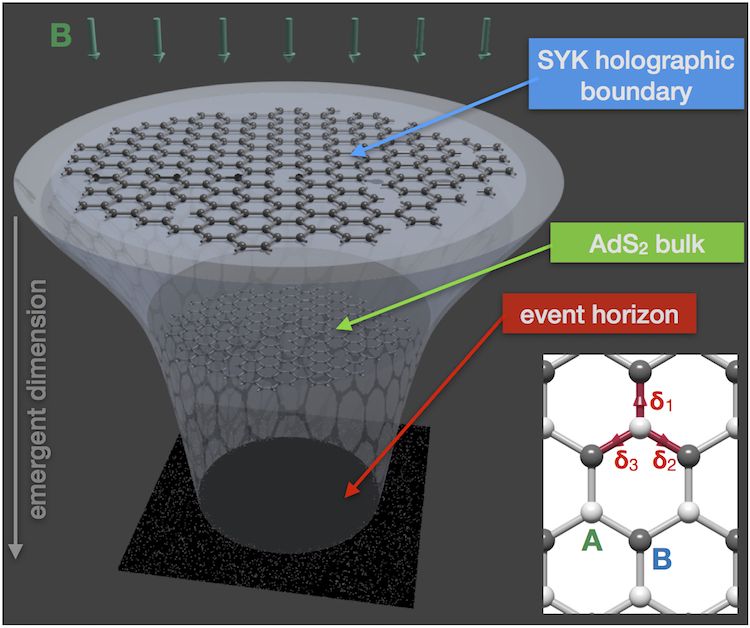
Black hole hologram appears in a graphene flake
Much research on black holes is theoretical since it is difficult to make actual measurements on real black holes. Such experiments also need to be undertaken over decades or longer. Physicists are therefore keen to create laboratory systems that are analogous to these cosmic entities. New theoretical calculations by a team in Canada, the US, UK and Israel have now revealed that a material as simple as a graphene flake with an irregular boundary subjected to an intense external magnetic field can be used to create a quantum hologram that faithfully reproduces some of the signature characteristics of a black hole. This is because the electrons in the carbon material behave according to the Sachdev-Ye-Kitaev model.
Some of the most important unresolved mysteries in modern physics come from the “incompatibility” between Einstein’s theory of general relativity and the theory of quantum mechanics. General relativity describes the physics of the very big (the force of gravity and all that it affects: spacetime, planets, galaxies and the expansion of the Universe). The theory of quantum mechanics is the physics of the very small – and the other three forces, electromagnetism and the two nuclear forces.
“In recent years, physicists have gleaned important new insights into these questions through the study of the SYK model,” explains Marcel Franz of the University of British Columbia in Canada, who led this research effort. “This model is an illustration of a type of ‘holographic duality’ in which a lower-dimensional system can be represented by a higher dimensional one. In our calculations, the former is N graphene electrons in (0+1) dimensions and the latter the dilation gravity of a black hole in (1+1) dimensional anti-de Sitter (AdS2) space.
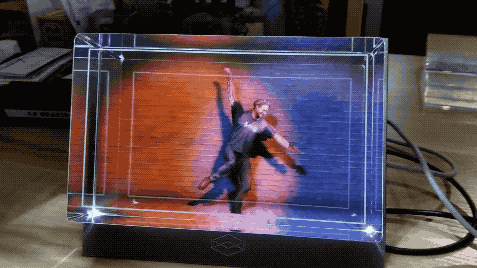
The Holographic Display Of The Future Is Here
The holographic display of the future is here and you can have one on your desk for under $600.
Ever since I saw Princess Leia appealing to Obi Wan that he was her only hope when I was 11, I’ve wanted a holographic display. Movies like Minority Report and Back to the Future II (do you remember the shark hologram that ate Marty?) have consumed thousands of people’s lives over the past few decades. But until now, no one has been able to make a scalable device that would let groups of people, unaided by a VR or AR headset, see and touch a living and moving 3D world.
That’s changing today with the launch of the Looking Glass, a new type of interface that achieves that dream of the hologram we’ve been promised for so long. The Looking Glass is technically a lightfield and volumetric display hybrid, but that’s pretty nerdy-sounding. I like to just call it a holographic display.